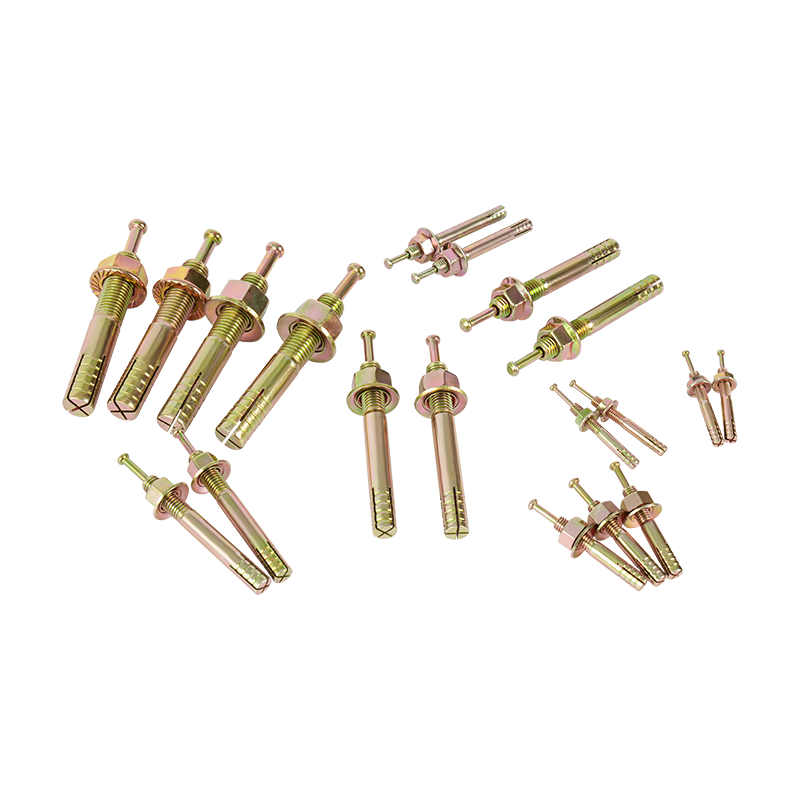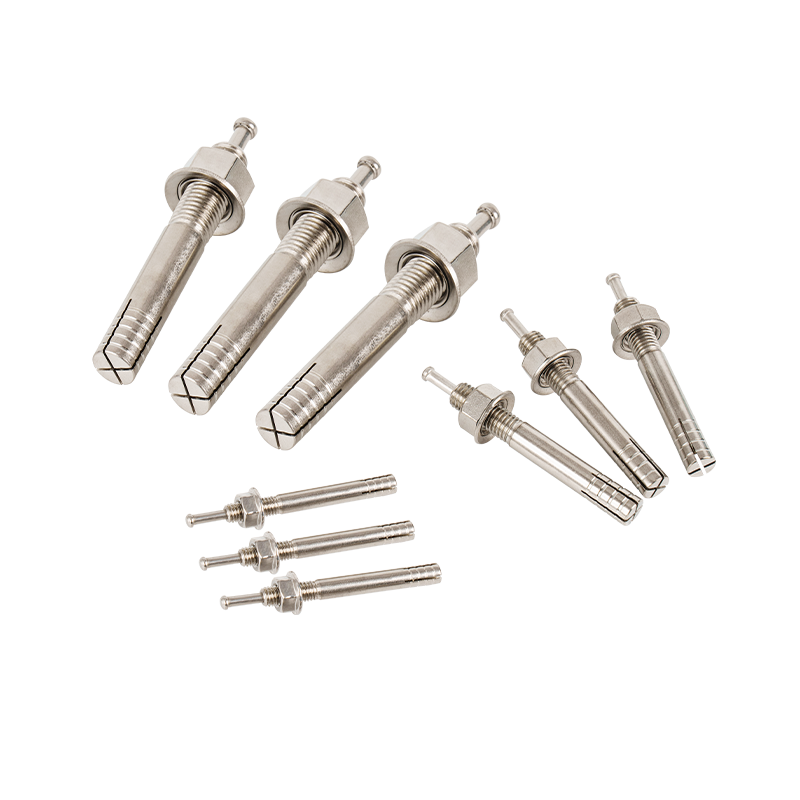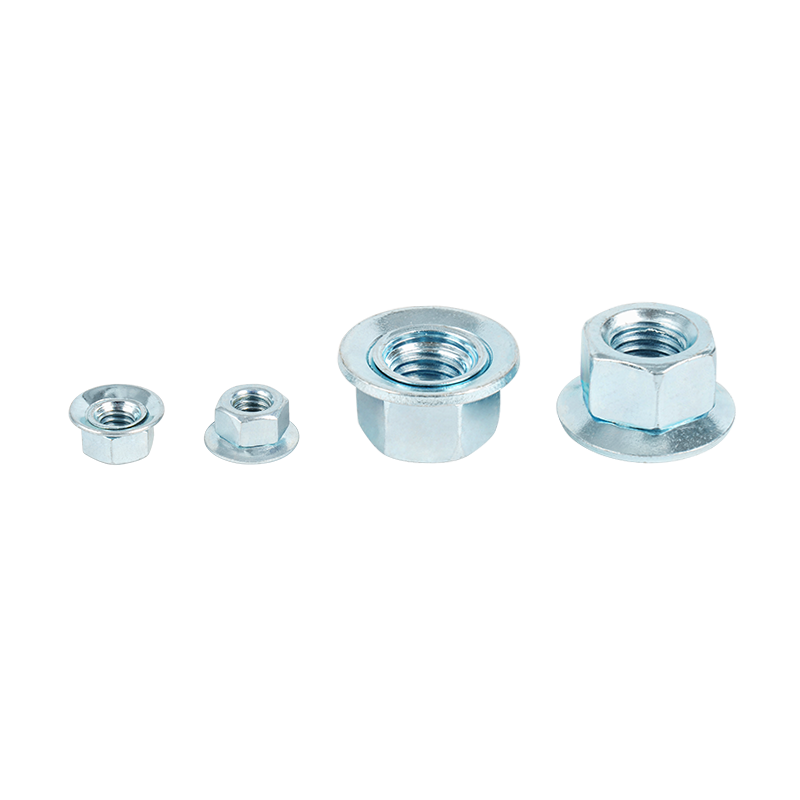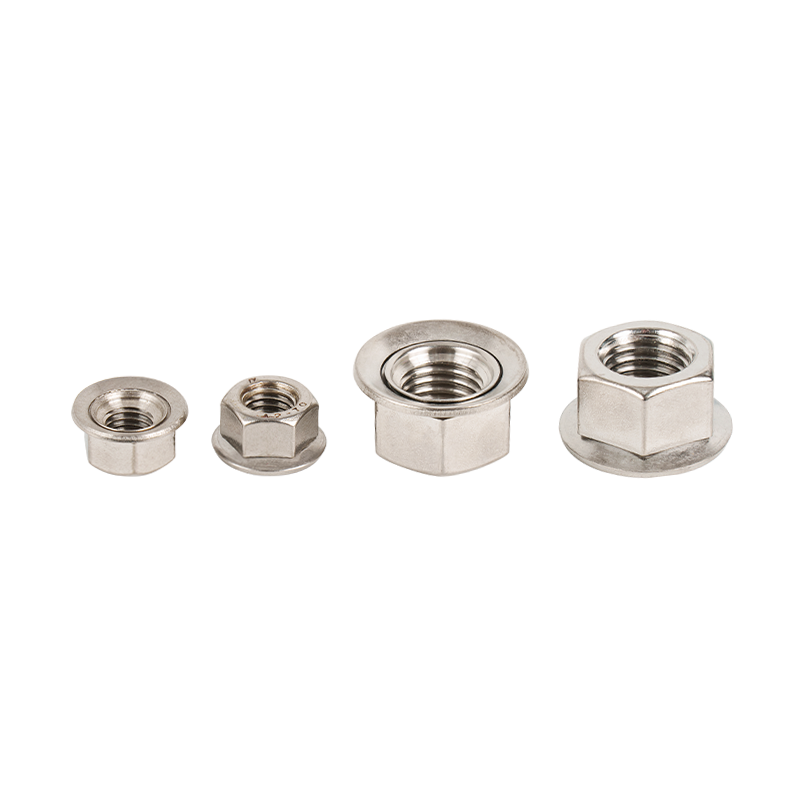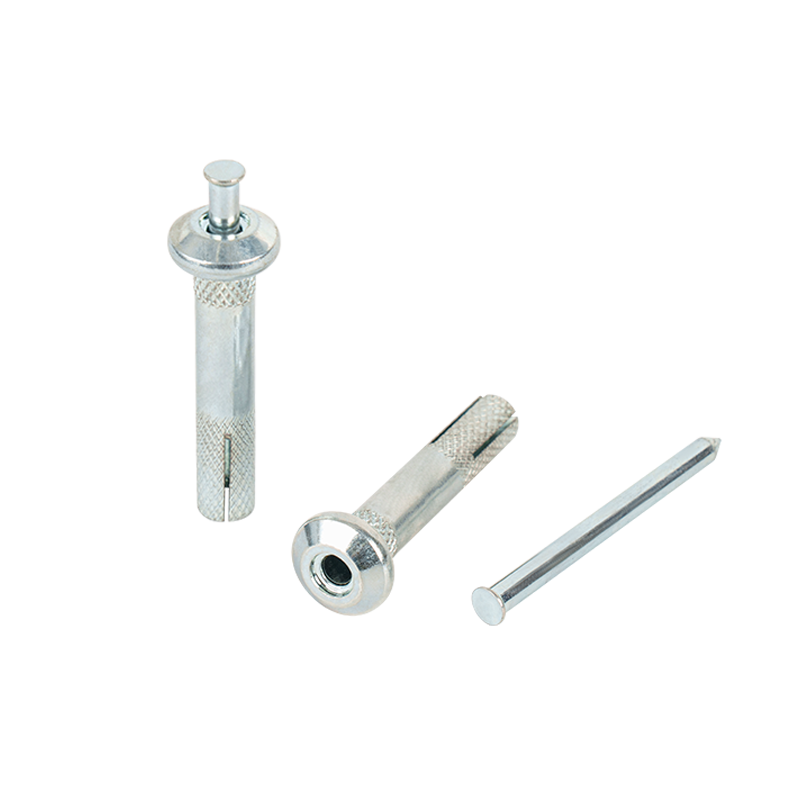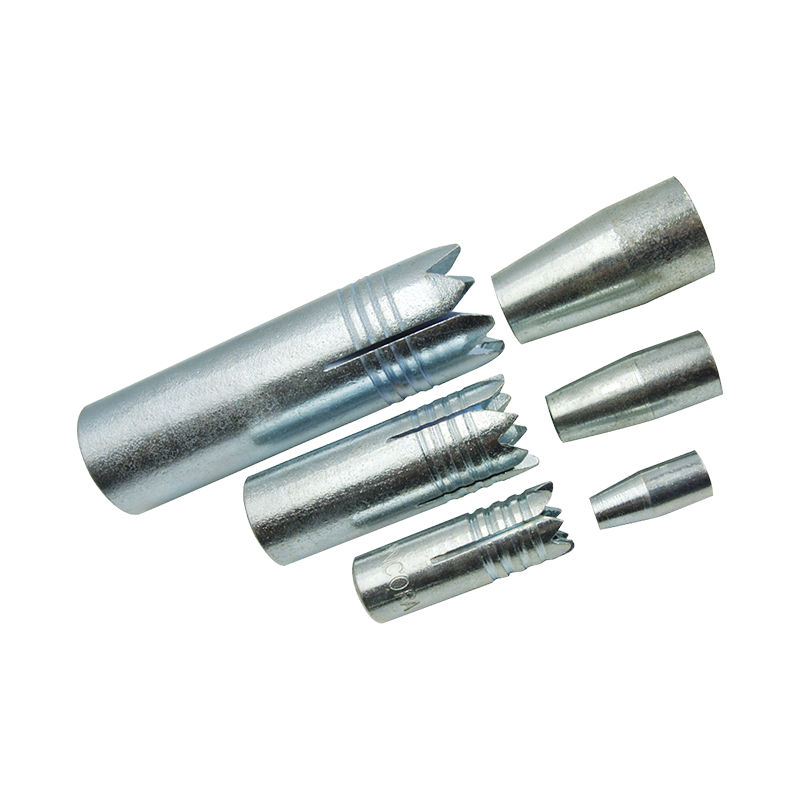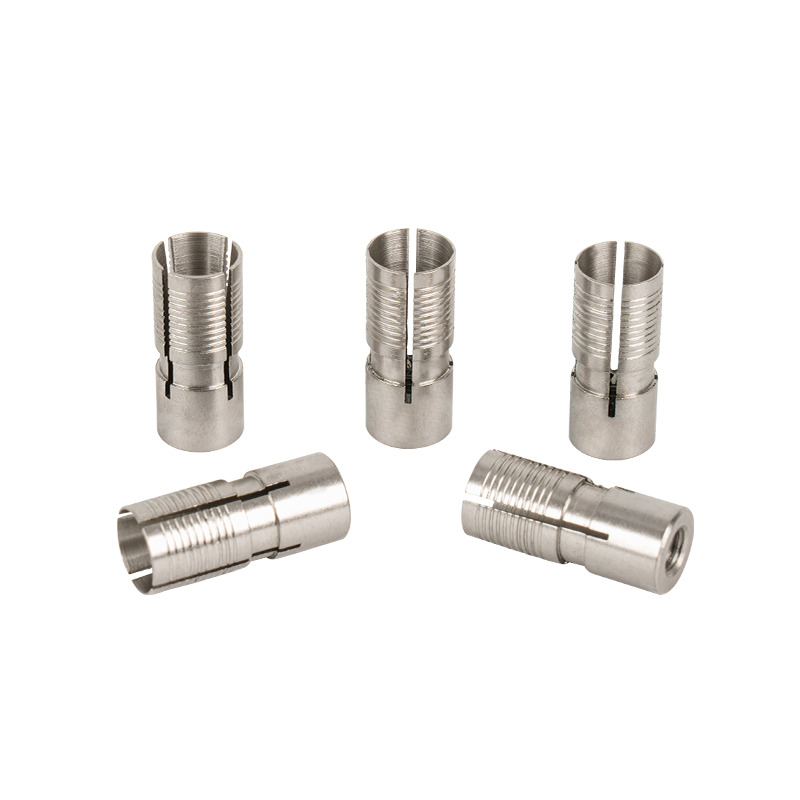How to avoid concrete cracking or anchor loosening when using Strike Anchor?
2025-02-20
In the field of construction and engineering, Strike Anchor is widely used for fixing concrete structures due to its high bearing capacity and easy installation. However, improper operation may cause concrete cracking or anchor loosening, which directly affects the safety and durability of the structure. How to avoid these risks? The following provides a systematic solution from the key links of design, construction to maintenance.
Accurate selection and design: matching load and environmental requirements
The root cause of anchor failure often starts from wrong selection. Different types of Strike Anchor correspond to different load levels and concrete strength requirements. For example, C30 and above strength concrete needs to be matched with high-strength anchors, and products with anti-fatigue properties need to be selected according to dynamic loads (such as earthquakes and vibrations). The spacing, burial depth and margins of anchors need to be accurately calculated in the design stage to avoid concrete cracking caused by concentrated stress.
Standardized installation process: details determine success or failure
Pre-drilling cleaning: The dust remaining after drilling will significantly reduce the bonding between the anchor and the concrete. It is recommended to use an air pump or a special brush to thoroughly clean the holes to ensure that the contact surface is clean.
Control the impact force: Excessive hammering may squeeze the internal structure of the concrete and form microcracks. A torque control tool should be used and the installation parameters in the product manual should be strictly followed.
Environmental adaptability: Low temperature or high humidity environment may affect the curing speed of concrete. It is necessary to adjust the installation time or use low temperature adaptation anchor bolts to avoid loosening due to material shrinkage.
Dynamic monitoring and maintenance: Extend the life of the anchoring system
After the anchor bolts are installed, they need to be checked regularly, especially in extreme climates or high vibration environments. Evaluate the bearing capacity of the anchor bolts through ultrasonic detectors or pull-out tests to detect potential cracks or displacements in time. If fine cracks are found on the concrete surface, epoxy resin can be injected for repair to prevent moisture penetration and corrosion of the steel bars.
As an industry-leading anchoring technology supplier, we provide full-process technical support:
Customized selection tool: Based on AI algorithm, quickly match anchor models with engineering requirements to reduce human errors;
High-precision installation guide: Each product comes with a 3D dynamic demonstration video to ensure construction standardization;
Lifetime warranty service: We promise to replace concrete cracks or loose anchors caused by product defects free of charge.
Through scientific selection, standardized operation and continuous maintenance, the performance of Strike Anchor can be fully unleashed. Choose a professional partner to make the anchoring system a solid guarantee for structural safety.

 English
English 日本語
日本語
